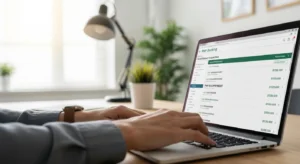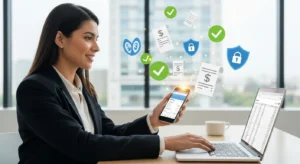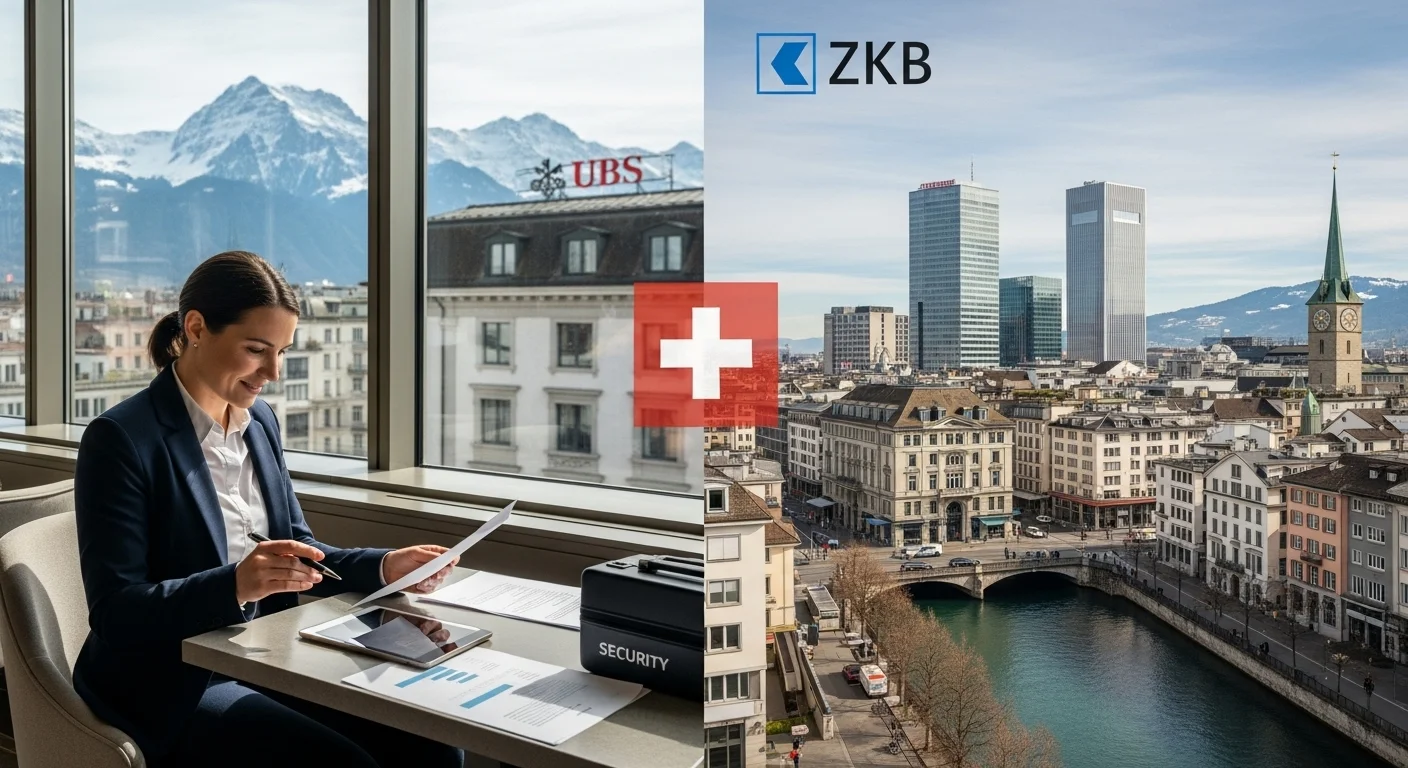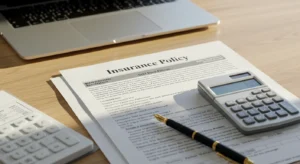PNP Bill Payment: What It Means on Your Bank Statement
Many people get confused when they notice pnp bill payment or similar terms like PNP BILLPAYMENT or PNPBILLPAYMENT on their credit card or bank statement. At first glance, it might look suspicious, especially if the charge seems unfamiliar. However, most of the time, this entry is linked to a legitimate transaction processed through a third-party payment system called Plug’n Pay. Understanding what this charge means, how it works, and how to handle it if it seems unrecognized can help you stay informed and protected.
Understanding PNP Bill Payment and What It Actually Is
PNP Bill Payment is a transaction descriptor that appears when a payment is processed using the Plug’n Pay system. Plug’n Pay Technologies is a secure payment gateway used by various businesses, organizations, and government agencies to collect online payments.
When you pay your municipal bills, property taxes, or other online service fees, Plug’n Pay might handle the processing, which results in the term “pnp bill payment” showing on your statement. This name can vary slightly, but all versions represent a payment handled through Plug’n Pay’s platform.
In most cases, this is perfectly legitimate. The confusion arises because the merchant’s name sometimes does not appear on your statement, and only the processor’s name, “PNP BILLPAYMENT,” is displayed.
Why You Might See PNP Bill Payment on Your Statement
There are several valid reasons this entry may appear on your account. You may have made a payment to a city or county service that uses Plug’n Pay for online billing. For example, many municipalities rely on Plug’n Pay for handling payments related to water bills, property taxes, parking tickets, or utility services.
Automatic recurring payments can also trigger this transaction name. If you have set up automatic bill pay with a local service provider or government office, the system may process the charge each month using Plug’n Pay.
Additionally, some online platforms use Plug’n Pay to handle one-time payments or donations. When the transaction completes, the record may simply show up as pnp bill payment, even if you made the payment directly through another site.
Is PNP Bill Payment Legit or a Scam?
Most of the time, PNP bill payment is completely legitimate. However, as with any financial transaction, it is essential to verify it. If the charge matches a payment you made recently, such as a property tax or municipal bill, you can safely assume it is genuine.

Still, it is possible for scammers to misuse similar terms to trick people. If the amount or date looks unusual or if you cannot recall making any payments recently, treat it with caution. Fraudulent charges are often small, designed to test if your account is active before larger transactions occur.
To stay safe, always cross-check your payments, look for confirmation emails, and contact your bank immediately if you suspect unauthorized activity.
\How to Verify a PNP Bill Payment Charge
If you are unsure about a charge, you can verify it in a few easy steps:
First, review your recent transactions or bills. Many times, you will find a matching payment for a utility or service that explains the charge.
Second, check your city or municipality’s website. Many local governments have online portals where you can confirm the payment method used.
Third, reach out to Plug’n Pay’s support team. Provide them with the transaction amount and date, and they can identify the merchant linked to your payment.
Lastly, if you still cannot confirm the origin, contact your bank or credit card provider. They can trace the merchant ID and give you more details about the transaction.
How to Dispute an Unauthorized PNP Bill Payment
If you believe that the pnp bill payment charge is unauthorized, you can file a dispute with your bank or credit card issuer. Here is how to proceed effectively:
Start by collecting the relevant information, including the transaction amount, date, and any reference number from your statement. Contact your bank’s fraud or billing department and explain that the charge is not recognized.

You may be asked to provide a written dispute or fill out a form. A simple statement like this works well:
“I noticed an unrecognized transaction listed as PNP BILLPAYMENT on my account. I have confirmed that I did not authorize this payment. Please investigate and reverse the charge.”
Once you submit your dispute, the bank will usually investigate within 10 to 30 days. During this time, monitor your account for further suspicious activity.
Common Municipalities and Services That Use PNP Payments
Plug’n Pay is widely used across the United States. Cities and counties often rely on it for property tax collections, business licenses, utility bills, or permit fees. You might find it listed for payments related to water and waste management, parking tickets, or community service programs.
While the exact name may differ depending on the local government system, the descriptor “pnp bill payment” remains the same. If you regularly pay local taxes or online bills, seeing this on your statement should not be alarming.
How to Avoid Confusion and Fraud in the Future
To prevent future confusion or potential fraud, keep a clear record of every online payment you make. Always pay bills through official government or utility websites and avoid using third-party links sent via email or text messages.
Set up transaction alerts through your bank’s mobile app so that every new payment triggers a notification. Save digital receipts or email confirmations for at least three months in case you need to verify them later.
If you receive unexpected emails referencing PNP or Plug’n Pay, do not click on any links. Instead, go directly to the official site or contact your local billing office to confirm the legitimacy of the message.
FAQs
What does PNP Bill Payment mean on my credit card?
It represents a transaction processed through Plug’n Pay, often for a legitimate municipal or service payment.
Is PNP Bill Payment a scam?
Usually not. Most entries are valid charges for utilities or taxes, but it is always smart to verify them.
How can I verify the charge?
Check your payment records or contact your bank for merchant information.
What if I did not authorize it?
File a dispute with your bank as soon as possible to prevent future charges.
Who operates PNP Bill Payment?
Plug’n Pay Technologies is a U.S.-based secure payment processor.
Final Thoughts
Seeing a PNP bill payment entry on your bank or credit card statement can be unsettling at first, but most of these transactions are completely legitimate. They are commonly linked to municipal or service-related payments handled through Plug’n Pay’s secure system.
Still, it is important to stay vigilant. Always review your statements, confirm legitimate charges, and dispute any that you do not recognize. By keeping accurate payment records and using secure online methods, you can ensure your financial safety and avoid unnecessary stress the next time you see a charge labeled pnp bill payment.








Post Comment